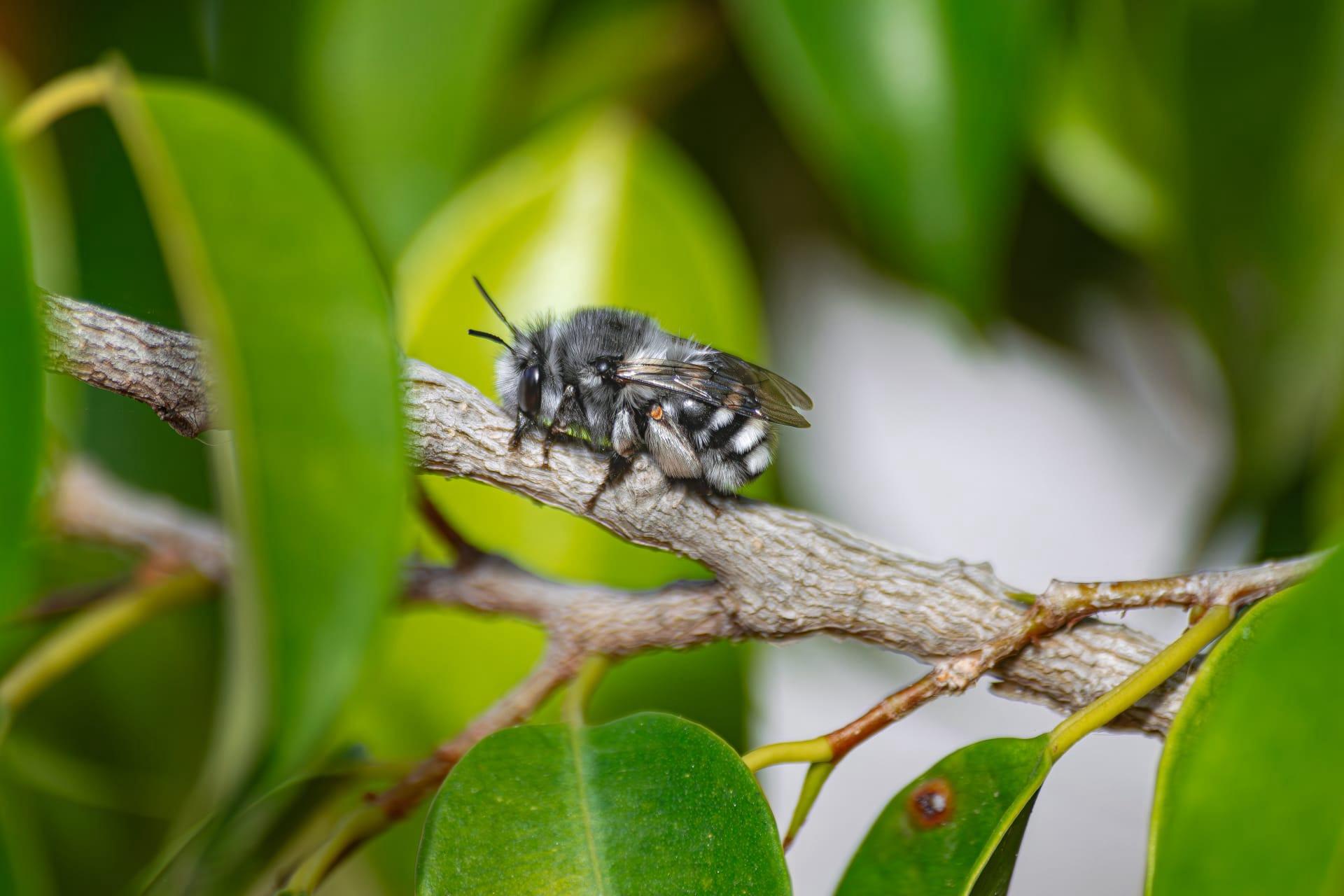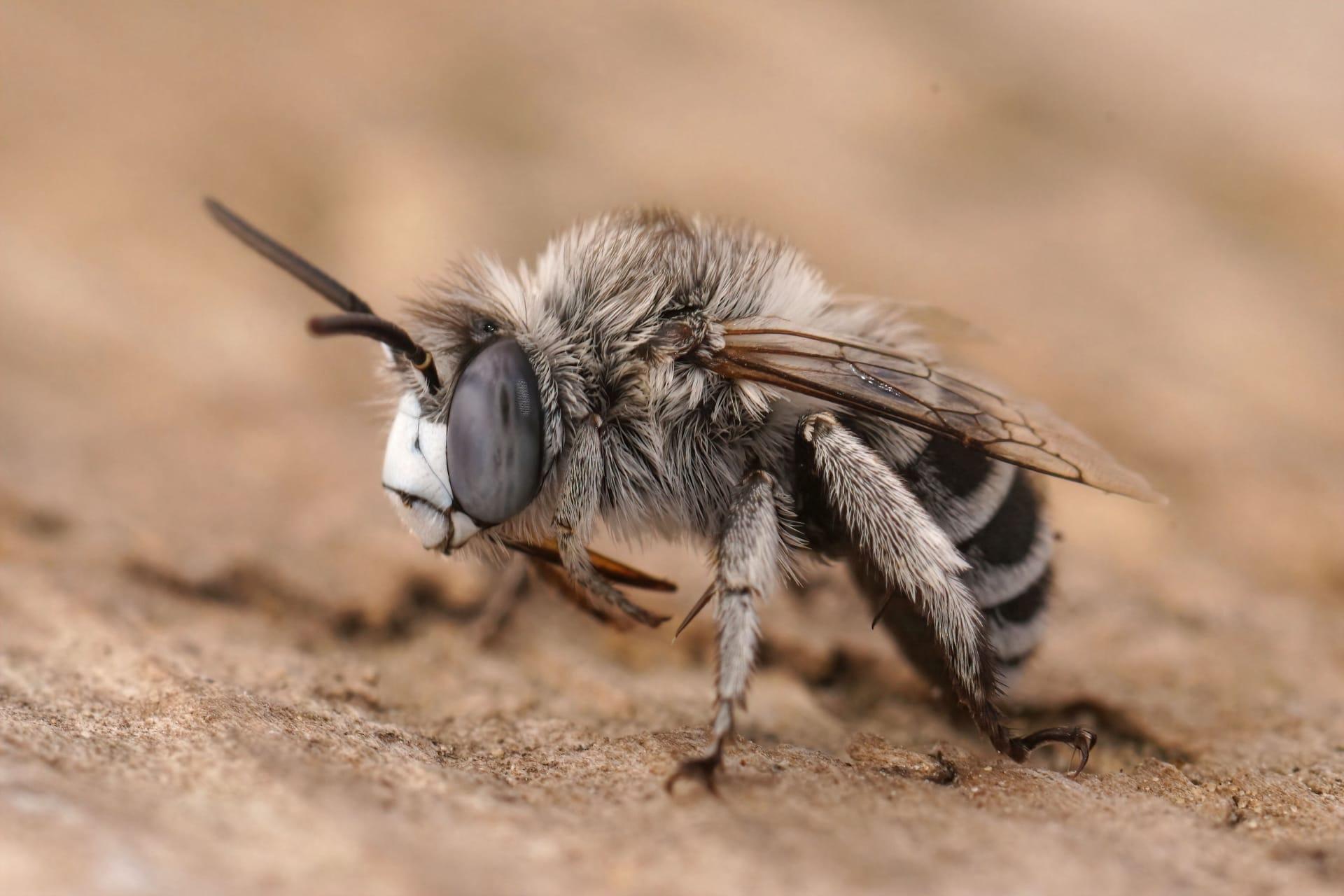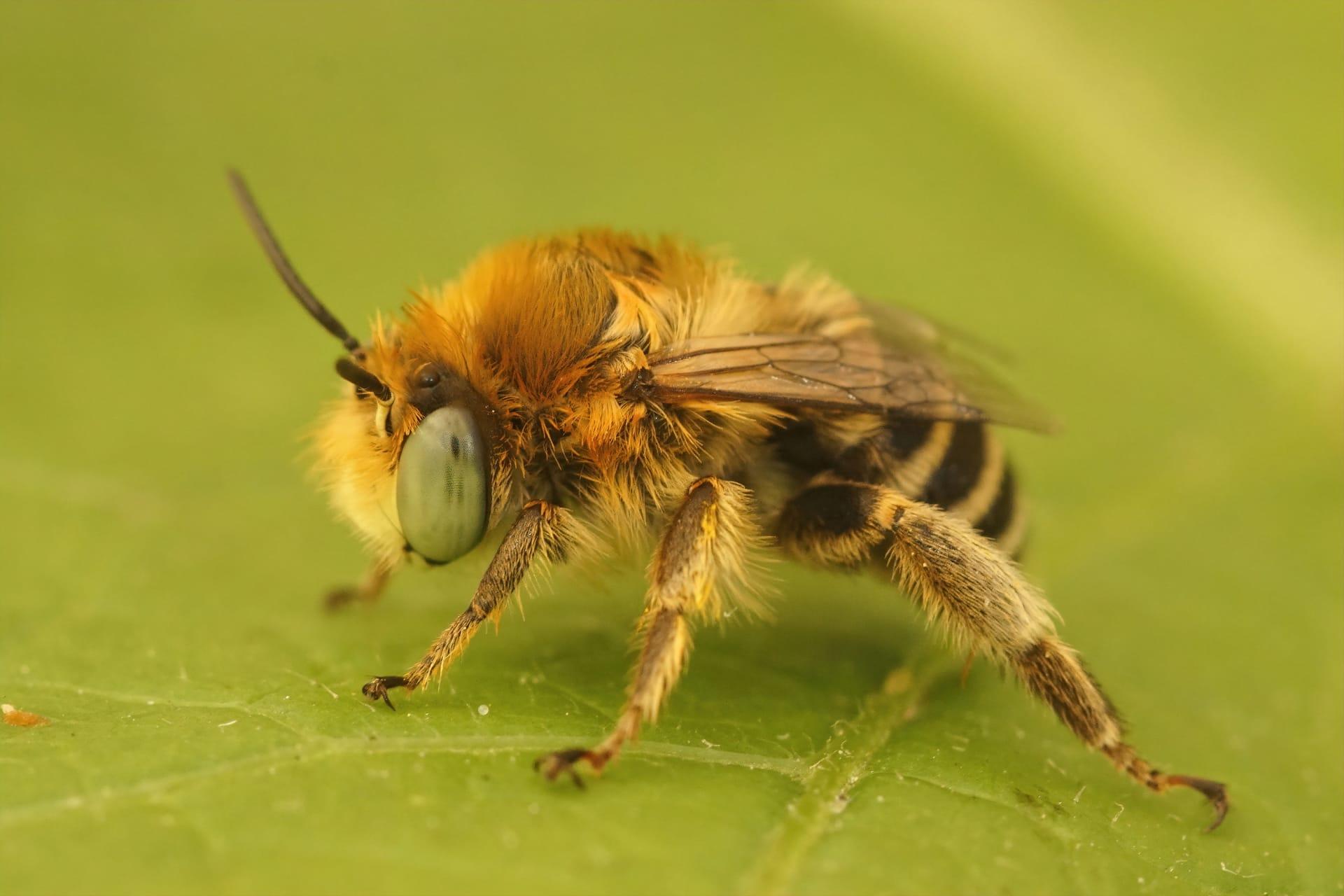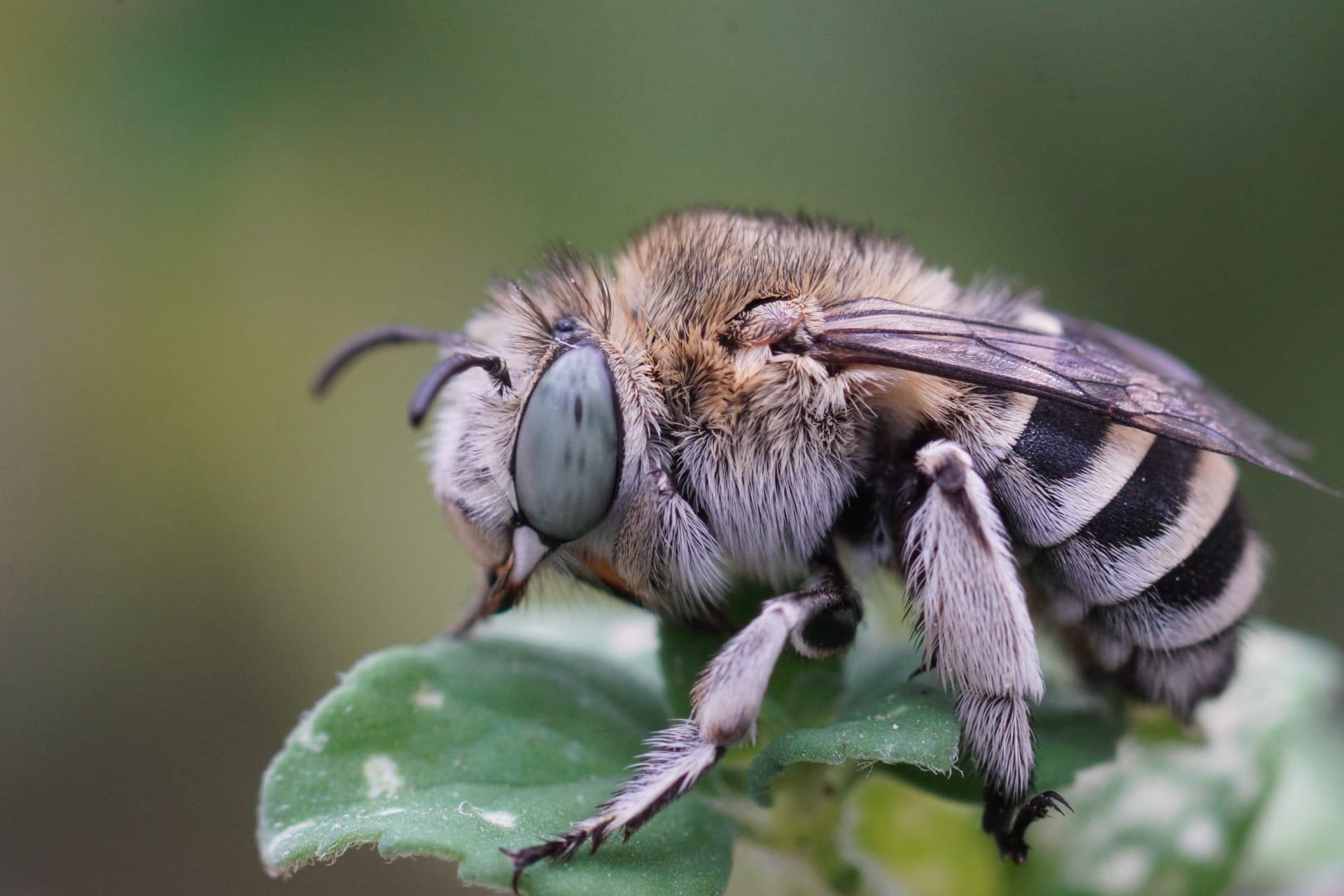Digger Bees
- Home /
- Mini Encyclopedia /
- Animal /
- Digger Bees
1
Digger bees, scientifically known as members of the family Anthophoridae, are a diverse group of bees. This family, particularly the genus Centris, encompasses a wide variety of species. These bees are characterized by their robust bodies, which are often densely covered in hair, providing an effective tool for pollen collection. Their size can vary significantly, ranging from about 0.3 inches (7.6 mm) to over an inch (2.5 cm) in length, showcasing a remarkable diversity within the species.
These bees have a widespread distribution, found in environments ranging from temperate to tropical regions across the globe. They are particularly abundant in the Americas, with a high density of species in North and South America. Digger bees are also present in parts of Europe, Africa, and Asia. Their adaptability to various climates and habitats makes them a common sight in gardens, meadows, and even deserts. The ability to thrive in a range of ecological niches highlights their evolutionary success.

2
Question: Do digger bees produce honey like other bee species?
Answer: Contrary to popular belief, digger bees do not produce honey in the same way as honeybees. These solitary creatures focus on individual nest building and provisioning. Each female digger bee creates her own nest, usually in sandy or loose soil, where she lays her eggs. Unlike honeybees, which live in colonies and have a sophisticated system for honey production, digger bees are solitary and do not produce significant quantities of honey. Their primary role is not honey production but rather pollination, which they perform exceptionally well due to their hairy bodies and methodical flower visits.

3
The survival strategy of digger bees is fascinating. Unlike social bees, they are solitary, with each female responsible for her own nest-building and egg-laying. They prefer sandy, well-drained soils where they can easily excavate their burrows. These nests are intricate, often with a main tunnel and several branches, each ending in an individual cell. In these cells, the female deposits an egg along with a supply of pollen and nectar, providing food for the larva once it hatches.
Digger bees have evolved a unique mating strategy. Males typically emerge before females and wait near the nesting sites to mate. After mating, the female bee’s sole focus is to build a nest and provision it with food for her offspring. This strategy ensures that the next generation has everything it needs to survive from the moment it hatches, demonstrating an efficient and self-sustaining approach to reproduction.

4
In the ecosystem, digger bees play a critical role in pollination. Their solitary nature means that each bee visits a multitude of flowers, transferring pollen efficiently as they go. This makes them vital players in maintaining the health of ecosystems and the reproduction of flowering plants. They are particularly important in the pollination of wildflowers and are also beneficial for agricultural crops.
Their presence in various habitats, from urban gardens to wild meadows, aids in biodiversity preservation. By pollinating a wide range of plants, they contribute to the genetic diversity of plant species, which is crucial for ecosystem resilience. Furthermore, they serve as a food source for other wildlife, fitting into the larger food web. Their role extends beyond pollination, contributing to the overall balance and health of the environments they inhabit.

5
Film: "The Secret World of Digger Bees" is a documentary produced in the United States in 2019. It delves into the life cycle and ecological importance of digger bees. The film captures stunning close-up footage of these bees in their natural habitat, highlighting their nesting behavior, mating rituals, and pollination activities. It offers viewers a unique glimpse into the rarely seen world of these solitary bees.
Book: "Solitary Bees: Biology, Ecology, and Conservation" by Bryan N. Danforth, Robert L. Minckley, and John L. Neff, published in the United States in 2019, includes a comprehensive section on digger bees. The book covers their biology, behavior, and the critical role they play in ecosystems. It offers insights into their nesting habits and how they differ from social bee species.
Book: "Bees of the World" by Christopher O'Toole and Anthony Raw, published in the United Kingdom in 1991, provides an in-depth look at various bee species, including digger bees. This book explores their classification, distribution, and behavior, along with detailed illustrations and photographs. It serves as an informative guide for both enthusiasts and professionals interested in bee biology and conservation.